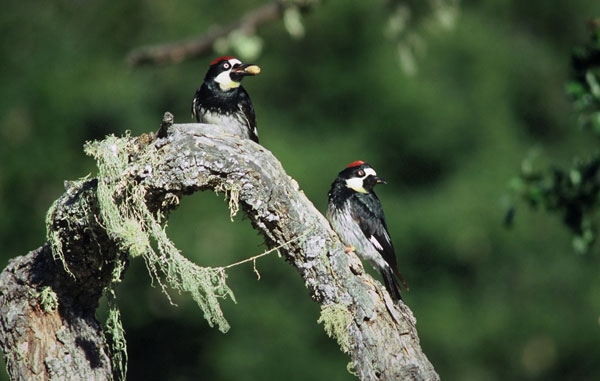UC Blogs
Oak preservation education comes to the foothills
Oaks (Quercus ssp.) are one of the signature trees of California landscapes and are among the most favored by wildlife, according to the UC publication Wildlife among the Oaks.
In addition, several studies have found that open space and residential properties containing oak trees have higher property values than those areas without oak trees. Ecosystem services provided by oak forests and savannahs include recreational opportunities, shade and shelter, increased property values, aesthetic values, erosion control, air and water filtration, and food and fuel.
However, the threats to oaks are many:
- Construction removes entire trees or damages the root zone resulting in oak tree death
- Subdivision of property and fragmentation in land use reduces open space for oak savannah and forest, threatening seedling recruitment in some oak species
- Inappropriate landscaping practices, designed to support exotic landscape species, threaten oak health
To ease the impacts of these threats, UC Cooperative Extension Central Sierra will bring oak education to five counties in the Sierra Nevada foothills – Amador, Calaveras, El Dorado, Mariposa, and Tuolumne. Public meetings and multiple-session training seminars will help educate land owners, policy makers and Master Gardeners in ways to protect, enhance and regenerate natural oak woodlands. Training will also provide information that Master Gardeners can disseminate to their clientele to help home owners protect landscape oaks.
The program is funded with a grant from Renewable Resources Extension Act (RREA), a USDA-administered program that serves to sustain the nation's forest and rangeland resources for future generations. According to the USDA National Institute of Food and Agriculture website, “RREA serves a broad array of forest and rangeland stakeholders, including landowners and managers, natural resource professionals, forest products industry, range-based cattle industry, and non-consumptive.” Recognizing that, as the website notes, “the sustainability of the nation's forest and rangeland resources is largely dependent on the actions of millions of private forest owners, farmers, ranchers, and land managers,” this series of educational workshops will focus on providing information to a broad audience.
In Tuolumne County on May 13, the Biological Resources Review Guide Ad Hoc Committee of the Board of Supervisors will meet to discuss various county policy options regarding oak mitigation. Richard Standiford, UCCE specialist in the Department of Environmental Science, Policy and Management at UC Berkeley, will address the committee, presenting his research related to oaks and property values. He will also provide information regarding mitigation policies.
On May 9, the Calaveras County Master Gardeners will receive the first session of an oak ecology, identification and landscaping practices workshop. They will identify oaks in the field, inspect trees damaged by construction and look for evidence of insect and other wildlife interactions. This will be followed by an interactive discussion exercise about how (or why not) to landscape around oaks. Standiford will visit the foothills at a later date to present oak ecology information to Master Gardeners.
Bugs Will Rule at UC Davis Picnic Day
There's no doubt about it. Bugs will rule at the 99th annual UC Davis Picnic Day this Saturday, April 20. The UC Davis Department of...
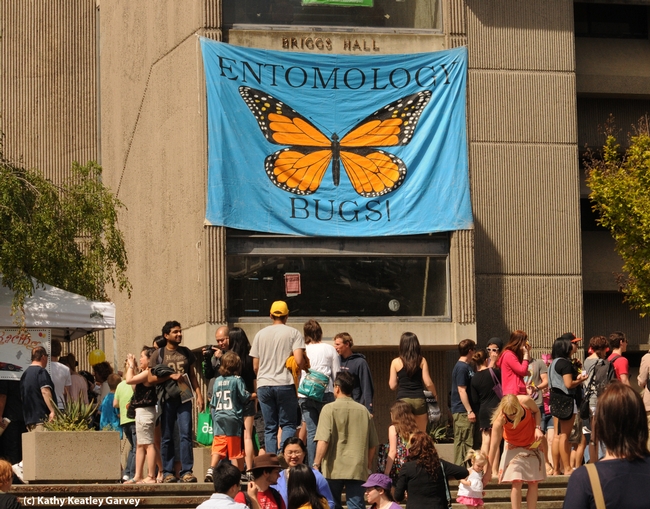
Briggs Hall is a popular place to be on UC Davis Picnic Day. (Photo by Kathy Keatley Garvey)
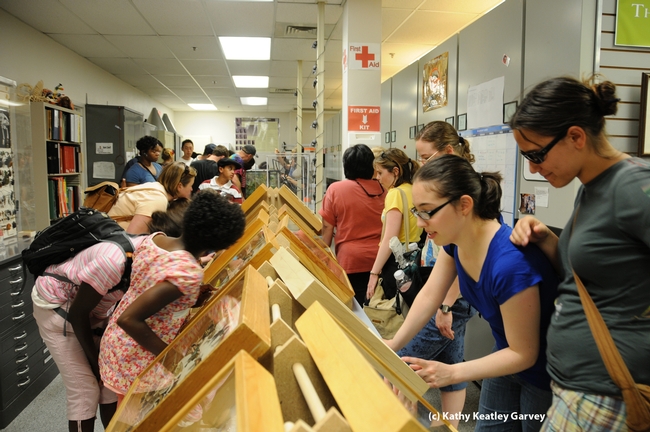
Visitors will flock to the Bohart Museum of Entomology. (Photo by Kathy Keatley Garvey)
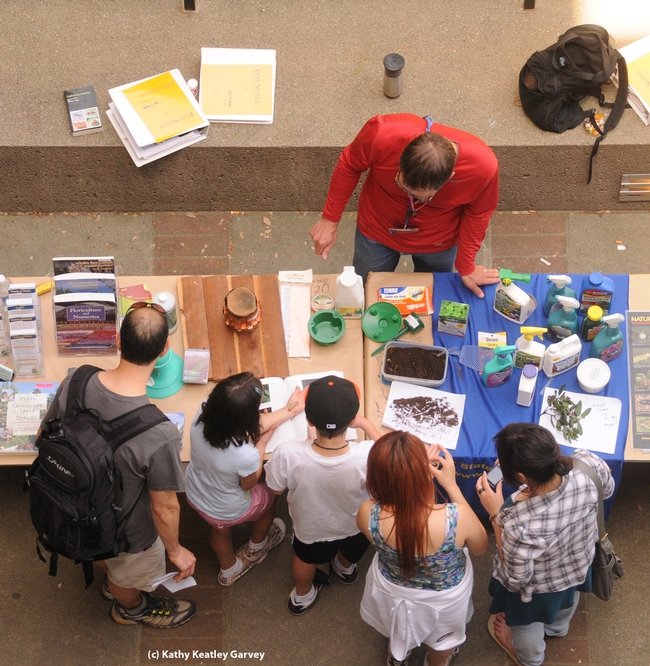
Principal editor/entomologist Steve Dreistadt of UC IPM explains insects to visitors. (Photo by Kathy Keatley Garvey)
Rockville Hills Regional Park-Fairfield
The group I sometimes hike with visited Rockville Hills Regional Park. I was there a few years ago on a field trip with the Horticulture Dept. at Solano Community College (we had a docent who knew the wildflowers). It’s 633 acres of grasslands and oak woodland, lots of wildflowers, and 6-7 mile hike, some ups and downs. It's easy to turn back if you want a shorter hike. There's a bathroom about 45-60 minutes in. The cost is $3/person $1/dog fees, or you can get group discounts, seasonal membership, etc. Find more info and links at:
http://www.fairfield.ca.gov/gov/depts/pw/open_space/rockville_hills_regional_park/
Here is a trail map:
http://www.ridgetrail.org/index.php?option=com_content&view=article&id=147&Itemid=147
FROM EAST BOUND I-80: Take Abernathy Road exit and head west. At the roundabout, turn left to Rockville Road (OR take Texas Street exit, turn left, go under the overpass, continue on Rockville Road). You will cross through the intersection of Suisun Valley Road. The Park is about 3/4 of a mile on the left hand side. Look for a chain link enclosed parking lot
FROM WEST BOUND I-80: Take Rockville Road exit and continue straight through the signal light on to Oliver Road. Proceed to the next signal light, turn right onto Rockville Road. Continue on Rockville Road. At the turnabout proceed straight on Rockville Road and go through the intersection of Suisun Valley. The Park is located about 3/4 of a mile on the left hand side. Look for a chain link enclosed parking lot.
TRANSIT & TRAILS offers on-line public transportation planning to get to the Emerald Bay Drive entrance of the Park from the Bay Area! http://www.transitandtrails.org/
On Fairfield website under "Public Works" are additional resources (I've listed them below) http://www.fairfield.ca.gov/gov/depts/pw/parks/links___additional_resources/default.asp
PARKS & RECREATION: California Park & Recreation Society, National Recreation & Park Assoc, Project for Public Spaces, and finding a park in California at http://www.parkinfo.org/
CONSERVATION/EDUCATION: Arbor Day Foundation, Children & Nature Network, Tree City USA, Trust for Public Lands, Solano Land Trust, Suisun Wildlife Rescue, Bay Area Open Space Council, Native Plant Society (Solano County), Greenbelt Alliance, Rush Ranch http://www.rushranch.net/
RECREATION - HIKING & MOUNTAIN BIKING: American Hiking Assoc, Int'l Mt Biking Assoc, Mt Bike Club, Sierra Club Redwood Chapter (Solano Group), Solano Co Hiking Club, Yolo Hiker), Bay Area Ridge Trail http://www.ridgetrail.org/
ALTERNATIVE TRANSPORTATION: transit, transit & trails, Solano Napa Bikelinks Map, Solano Transportation Authority
The images here are by John Lord, a member of the hiking group. See numerous other images at:
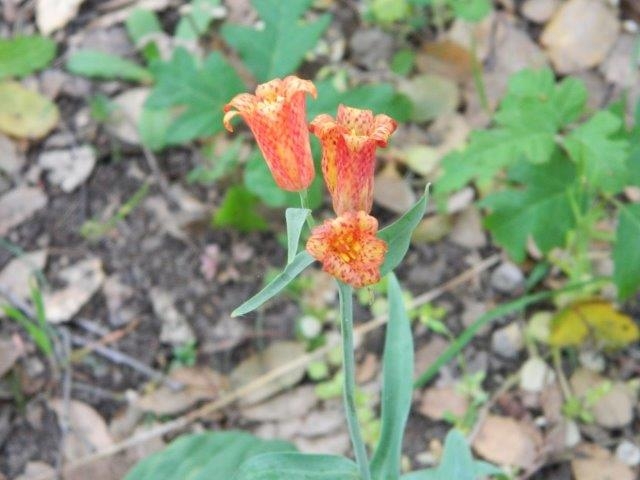
photos by John Lord jplord@jps.net
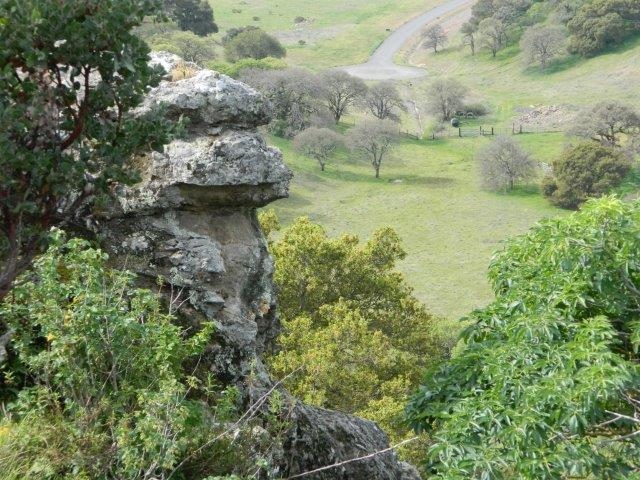
Rockville view 2
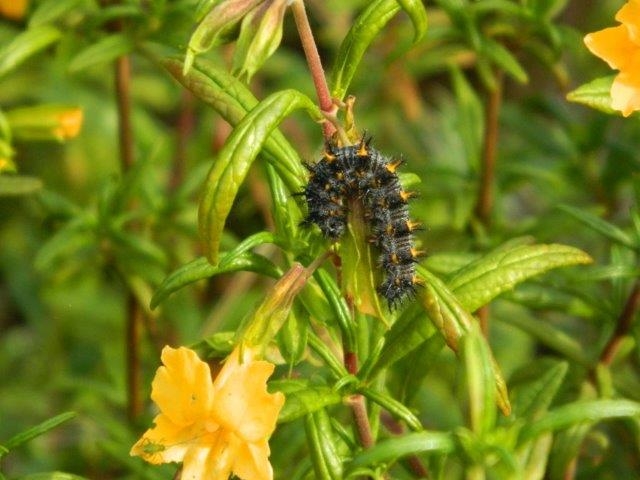
Rockville caterpillar
UCD Alfalfa & Small Grains Field Day - May15
Yes, Virginia, there is a Free Lunch. Thanks to CA Crop Improvement! All are welcome to attend the field day at UC Davis to see research...
Ranchers view UCCE test plots during spring range tour
UC Cooperative Extension range research was featured at a field day Saturday in Tehama County, reported Julie Johnson in the Corning Observer.
Josh Davy, UCCE advisor in Tehama County, reviewed test plots were 60 varieties of annual and perennial range grasses were growing. Ken Tate, UCCE specialist, and Leslie Roche, postdoctoral researcher, both in the Department of Plant Sciences at UC Davis, gave an update on their long-term grazing research projects evaluating the effects of multiple grazing treatments. Guy Kyser, UCCE specialist in the Department of Plant Sciences at UC Davis, talked about weeds.
Tony Turri, owner of the ranch that hosted the field day, said he has worked extensively with the UC Cooperative Extension.
"There are a lot of factors and organizations that are trying to harm the cattle industry," he said. "Events such as this are important in our ability to stay in cooperation with each other and provided education and information to keep us in business."
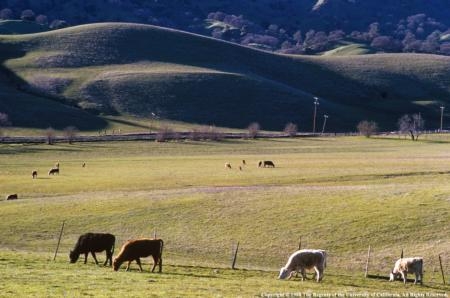
Medusahead, barb goatgrass and yellow starthistle were some of the weeds researchers discussed at the field day.


